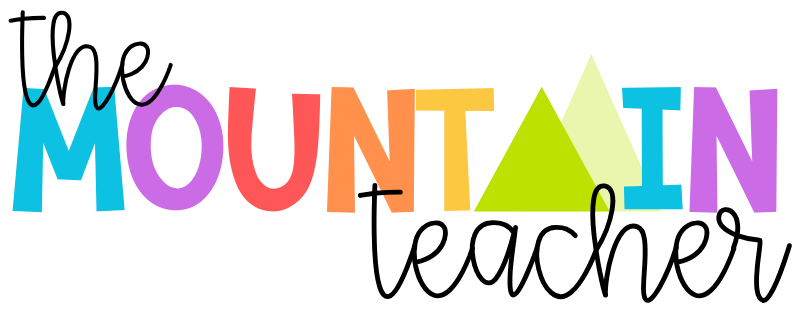How to Teach 2nd Grade Social Studies Lesson Plan For Communities

I think you’ll agree with me when I say that finding engaging lesson plans to teach students the difference between urban and suburban living to students while teaching 1st or 2nd grade communities is scarce.
When I started prepping my resources for this unit I searched high and low for 1st and 2nd grade social studies lessons about communities that dove deeper than surface level concepts, but also were cohesive and meaningful.
Does this sound familiar? Let’s plan your 2nd grade communities unit together.

2nd Grade Communities Lesson Plan Outline:
- Week One: What types of communities exist? [urban, rural, suburban and my community]
- Week One: What types of resources do communities offer? [goods and services, nonrenewable and renewable resources]
- Week Two: How do individuals contribute to the community? [research community helpers including firefighters, farmers, doctors, police officers, mailmen, teachers, construction workers, etc.]
- Week Three: How do places shape communities?

Types of Communities
One of the biggest concepts of communities is learning the difference between urban vs. rural vs. suburban communities.
A fun way to organize this research is to have students create a brochure to show their learning.
Students will research each type of community using various sources and then make a brochure to show what they have learned.
They will also use this knowledge to discuss what type of community they live in.

Resources
After students learn about different types of communities, students should learn about the types of resources that communities have to offer.
Students can spend time sorting both renewable and nonrenewable resources as well as goods and services.
This is important to include in a 1st or 2nd grade communities unit because it allows students to see what different communities offer and why all different types of communities exist.

Community Helpers
The most essential part of the community are the people who live there.
Students need to spend time researching various community helpers.
There are MANY books and videos students can watch to learn about essential workers, but the best way for students to learn is by talking to real life community workers.
A great place to start is by asking parents in your classroom if they would like to come in and share about their jobs. You can host a “career day” for families and let them come in and present, as well as let students ask questions.
You can also reach out to local community places such as fire departments and police stations to see if you can schedule a free school visit.
I promise you, students will LOVE this!
I have students compile their knowledge into fun flip books about various community helpers, but there are tons of options for displaying this knowledge, including worksheets, writing journals or other graphic organizers.

Community Places
Another important concept for your 1st or 2nd grade communities unit is for students to learn about PLACES in their community.
While this does go hand in hand with helpers, it is important for students to be able to identify how important places in their community shape the area.
It also helps students realize what needs and wants different places meet.
This is another great opportunity for real life connections. Reach out to a local bank, hospital, or farm and plan a field trip!
I like to have students compile this knowledge on a fun craft for important places such as: shops, banks, hospitals, schools, stores, police stations, post offices, fire houses and more.
Closing Thoughts
Teaching 1st and 2nd grade communities units can be daunting. But it doesn’t have to be.
Let’s make it more fun for your class!
Grab this all inclusive unit to streamline your planning, and turn students into community experts!
*Disclosure: This post may contain affiliate links. At no additional cost to you, I may earn a small commission.
